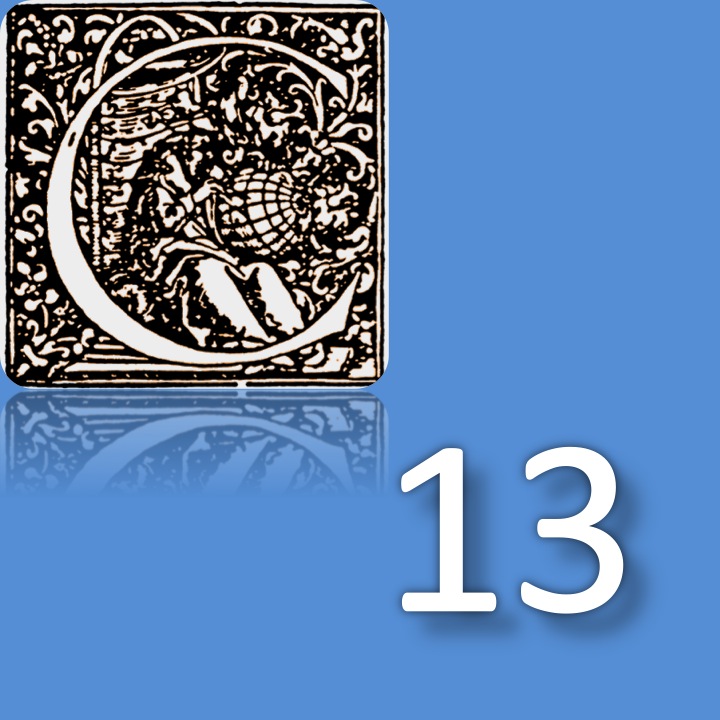The chemical atomic theory in Ramón Torres Muñoz de Luna’s textbooks (1848 – 1885)
Abstract
After being formulated by John Dalton (1766‑1844) in 1803, and published in his New System (1808), the chemical atomic theory was further developed by Jöns J. Berzelius (1779‐1848) in the 1830s, exerting great influence on contemporary scientists. Based on a series of experimental facts, some chemists opted for the theory of equivalents, which they deemed to be more trustworthy. By mid‑19th century, the confusion in this regard was so rampant that the chemists felt the need to meet and clear up the differences between both theories. That meeting took place in Karlsruhe, Germany, in September 1860, and as a result, the concepts of molecule and atom were clarified. Ramón Torres Muñoz de Luna (1822‑1890) was the only Spanish representative at that meeting. The main aims of the present article were to describe some features of Torres’ biography and publications, analyse his participation in the Karlsruhe Congress, and discuss the influence that the latter and the atomic theory had on Torres’most relevant works.


.png)
